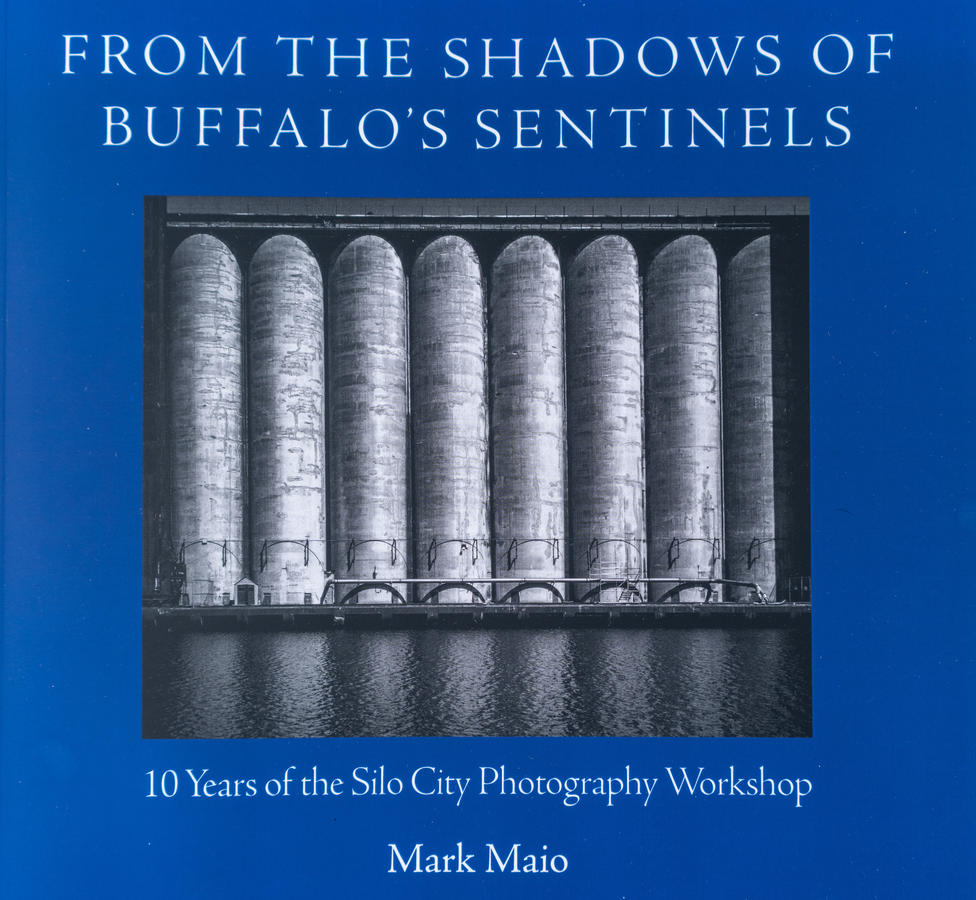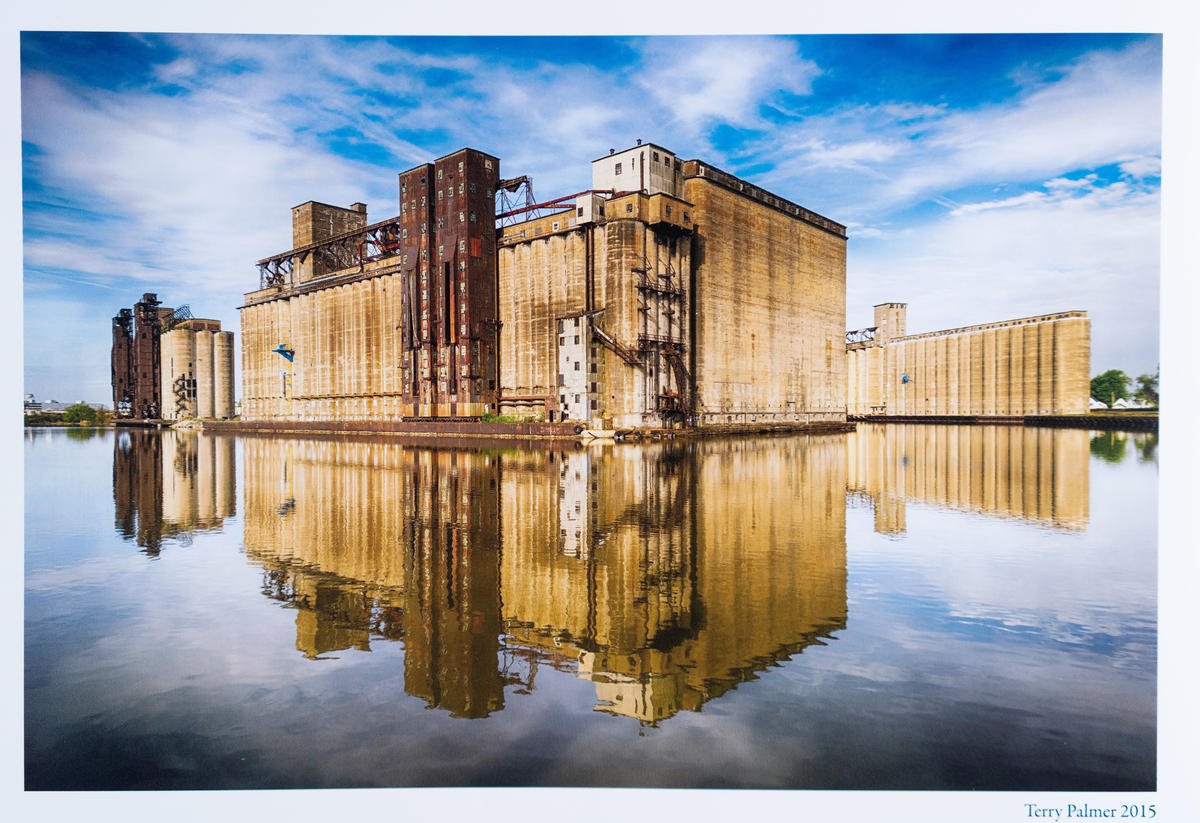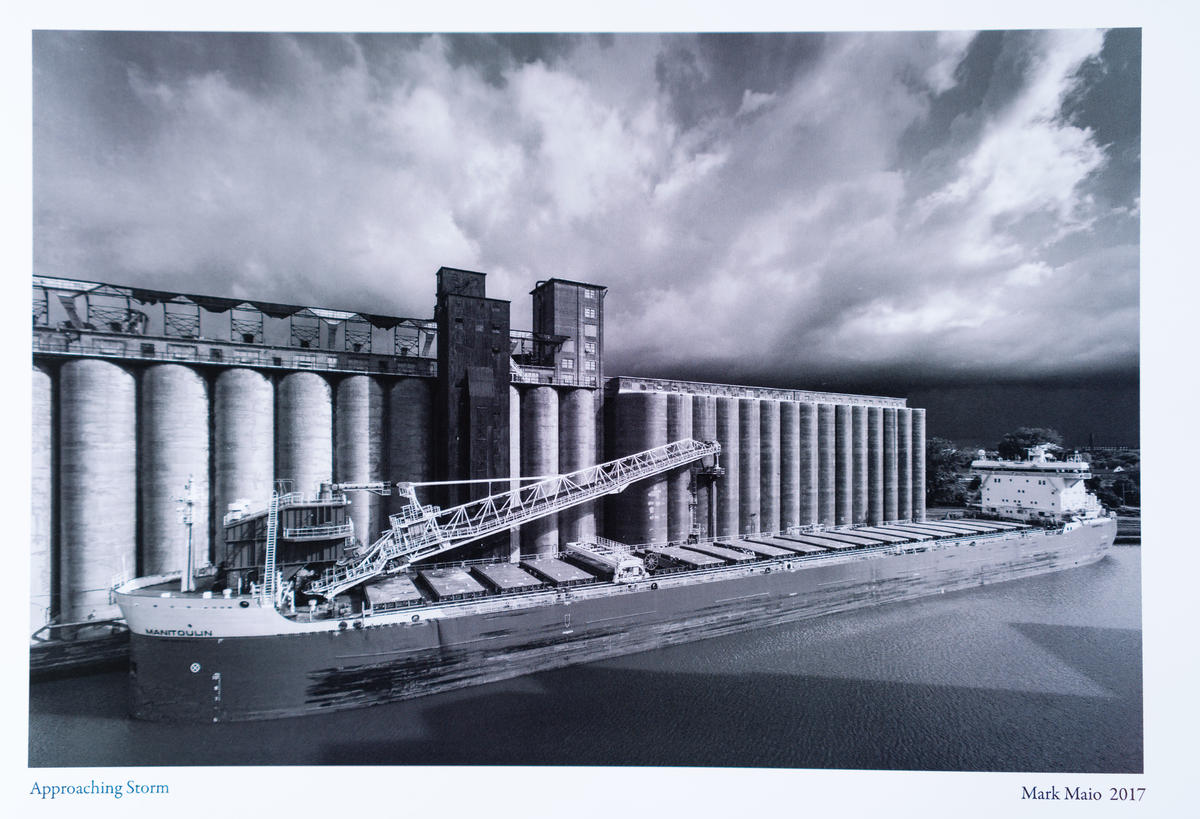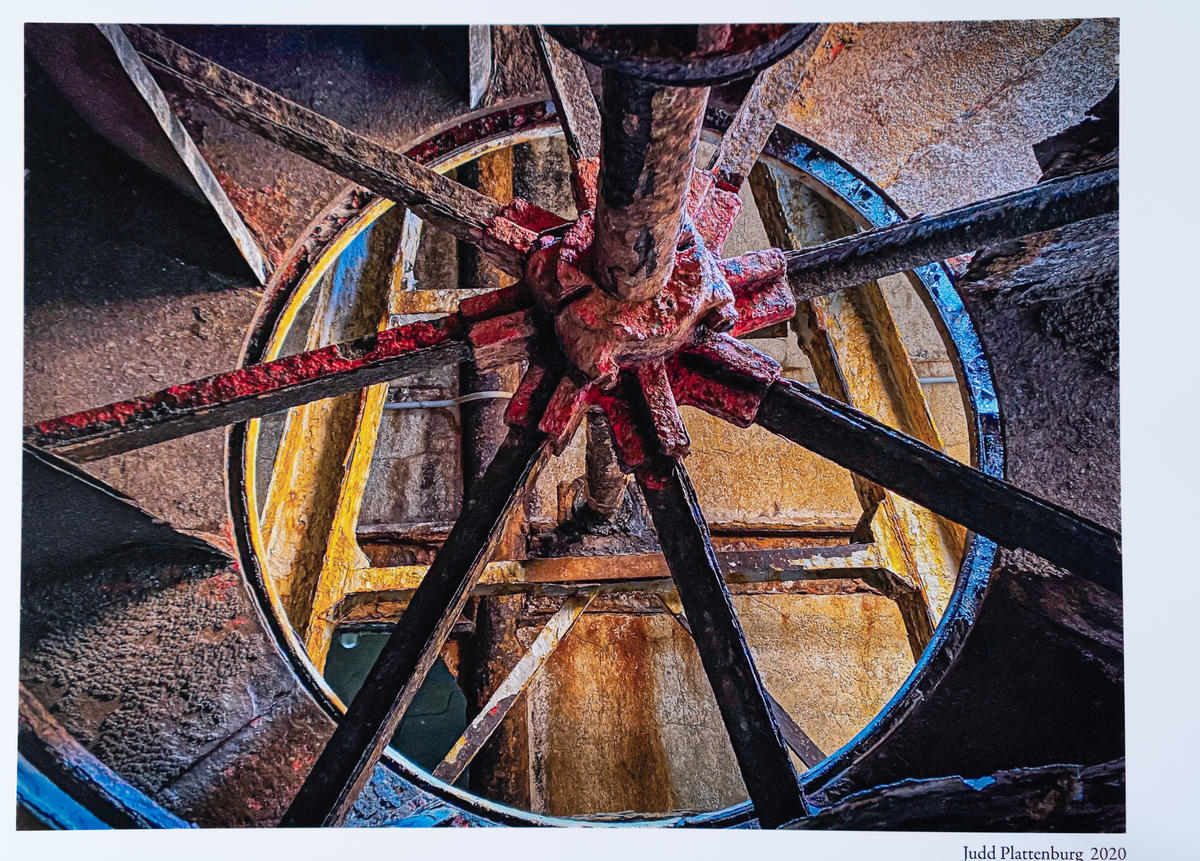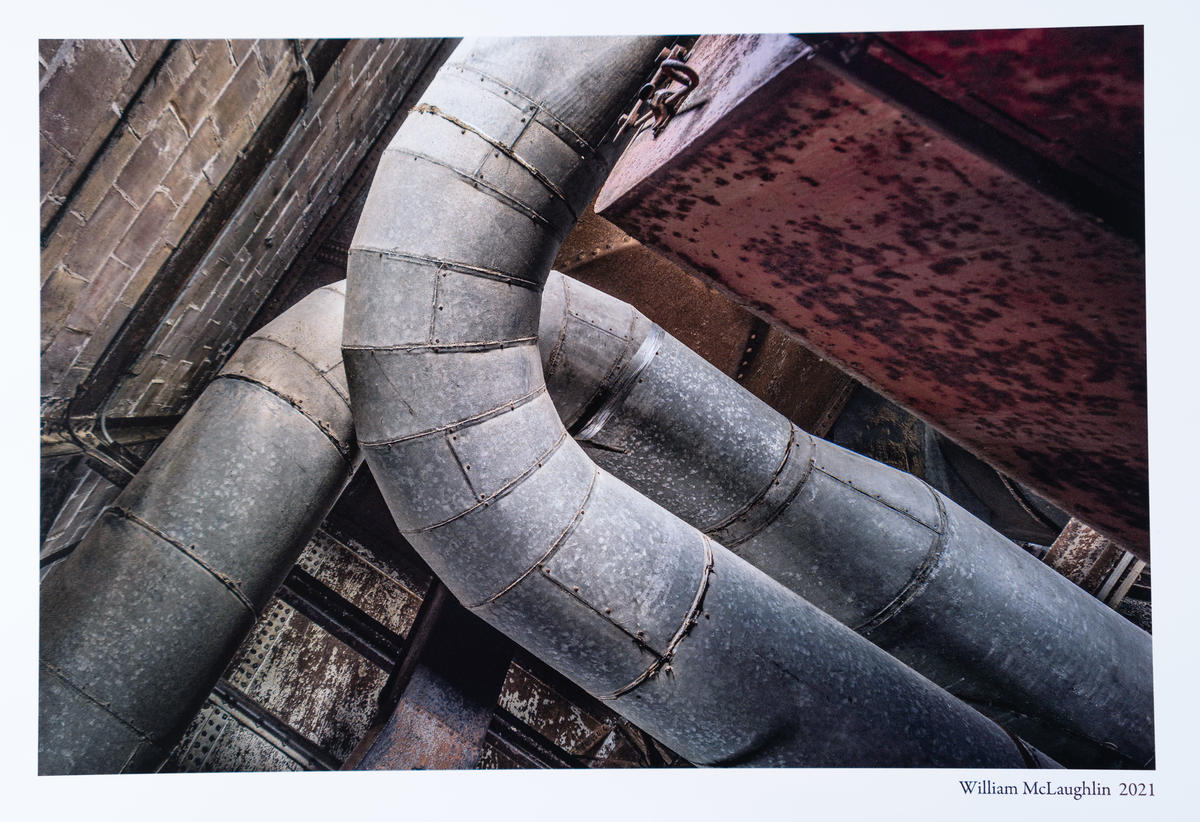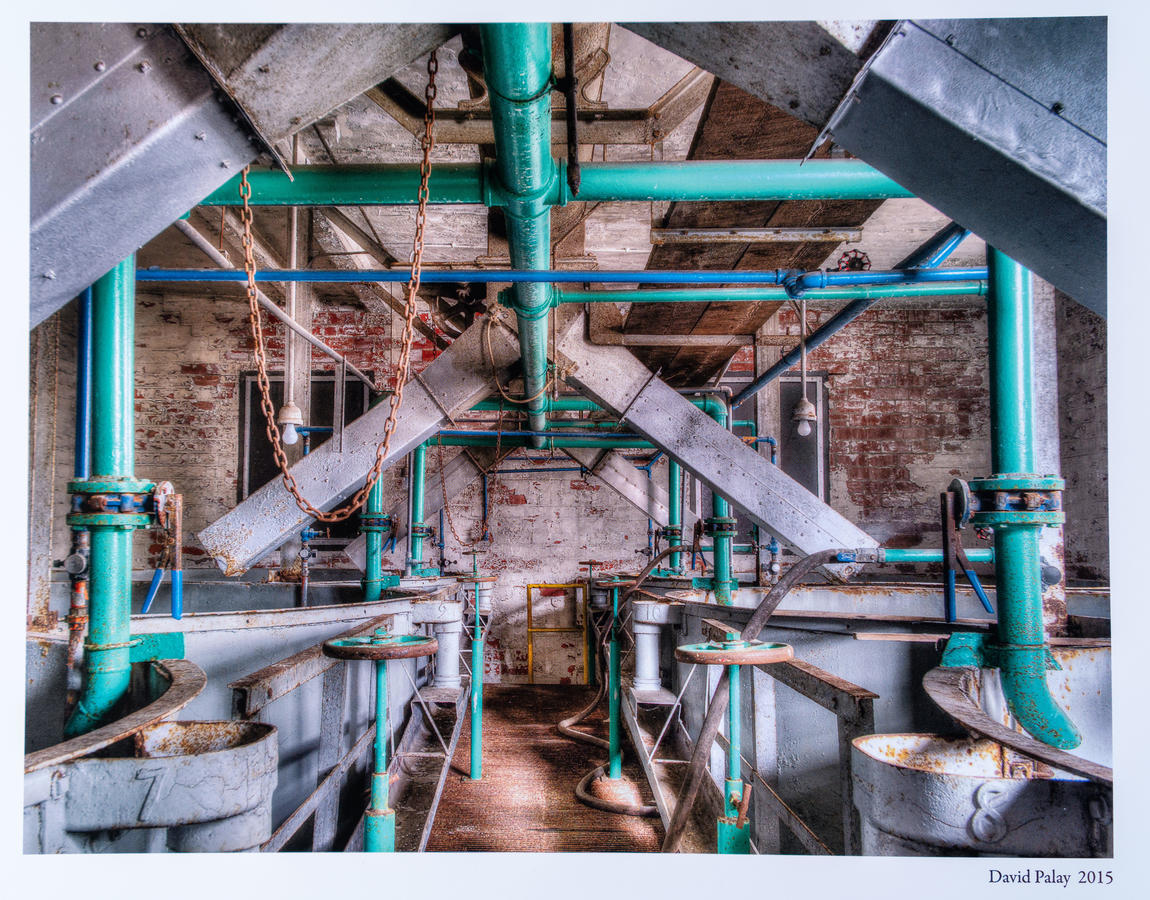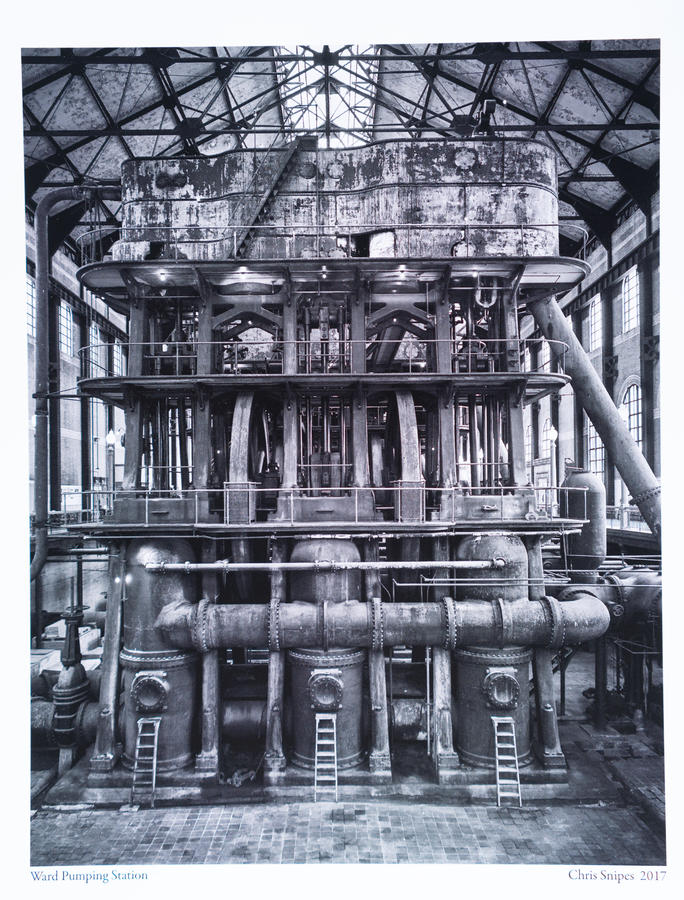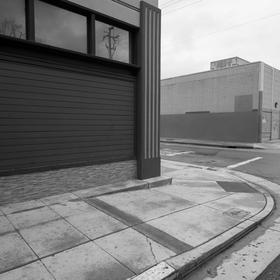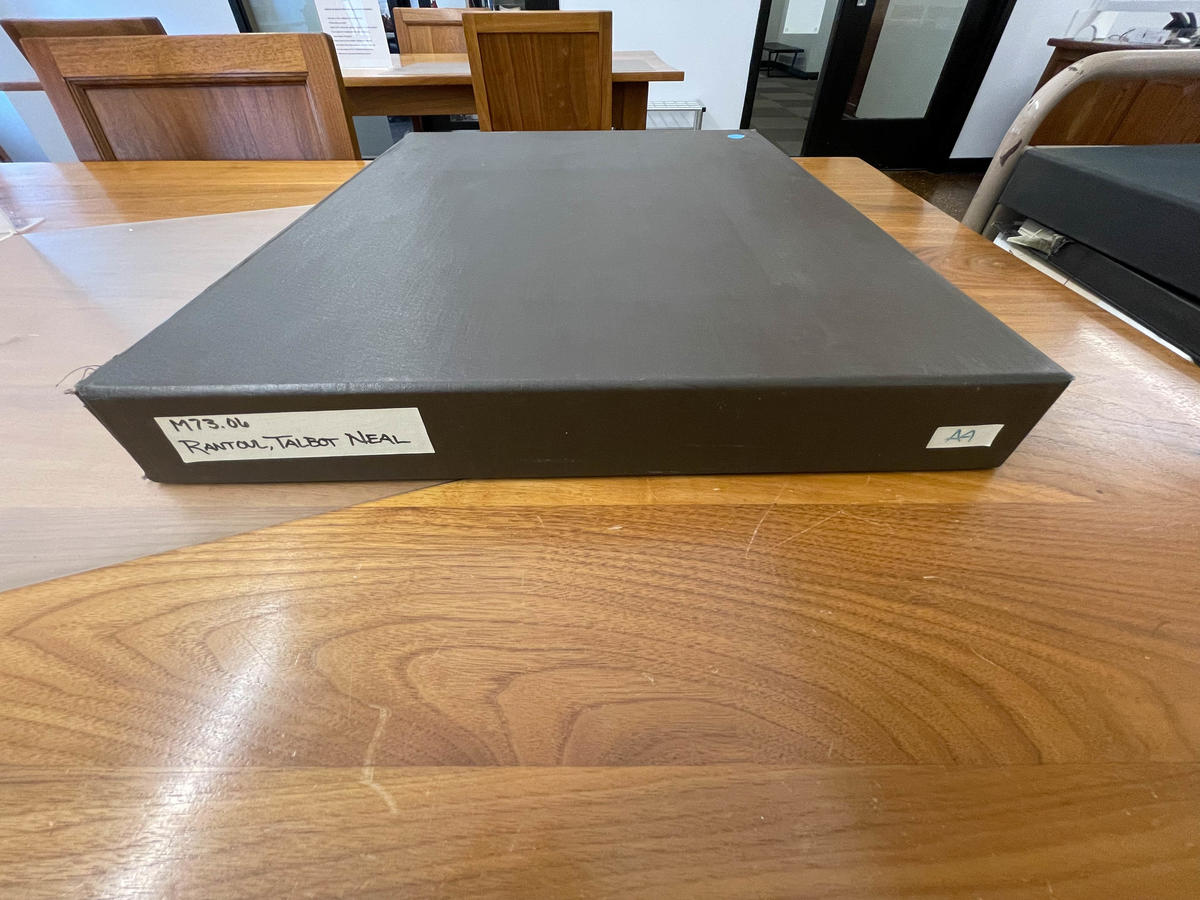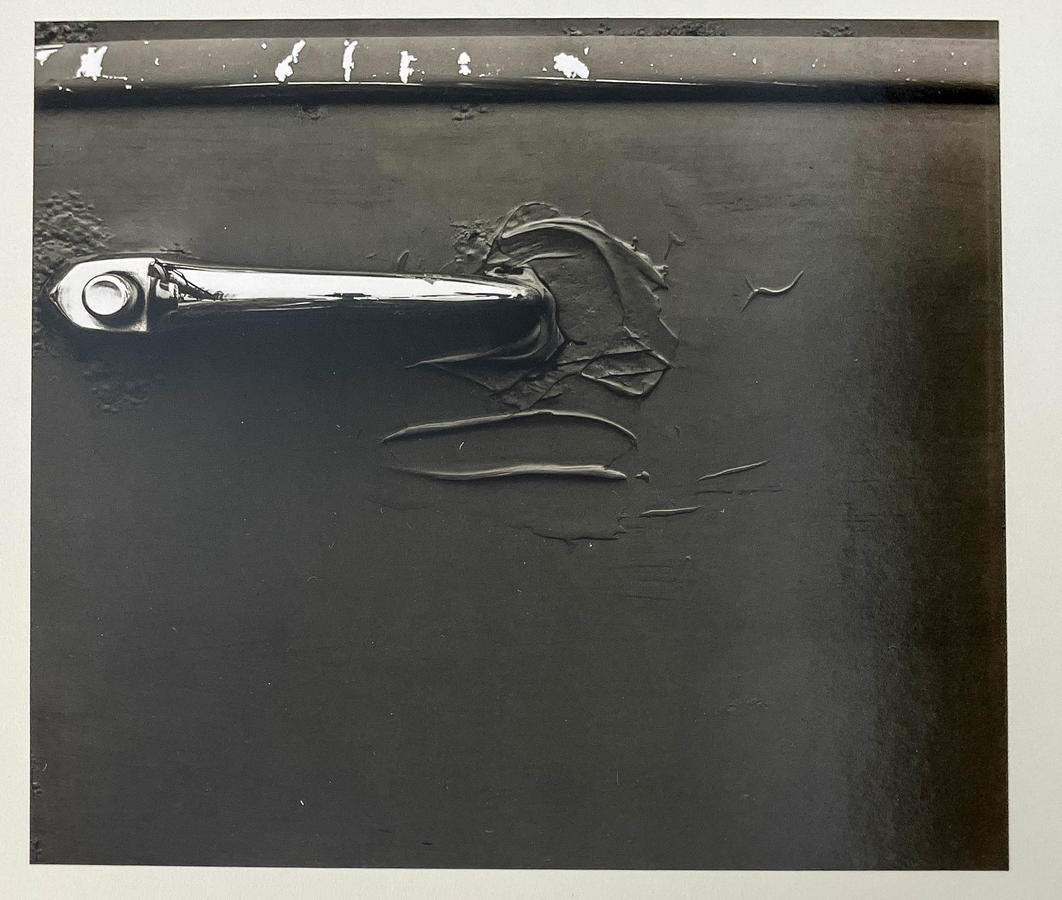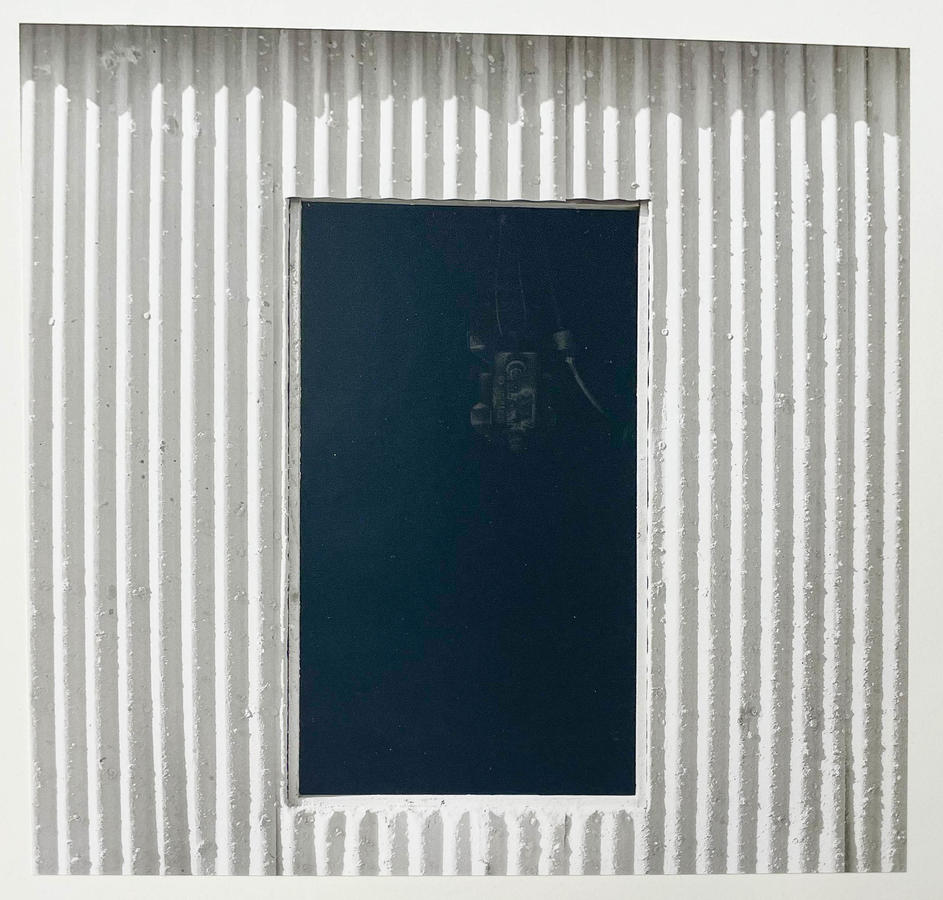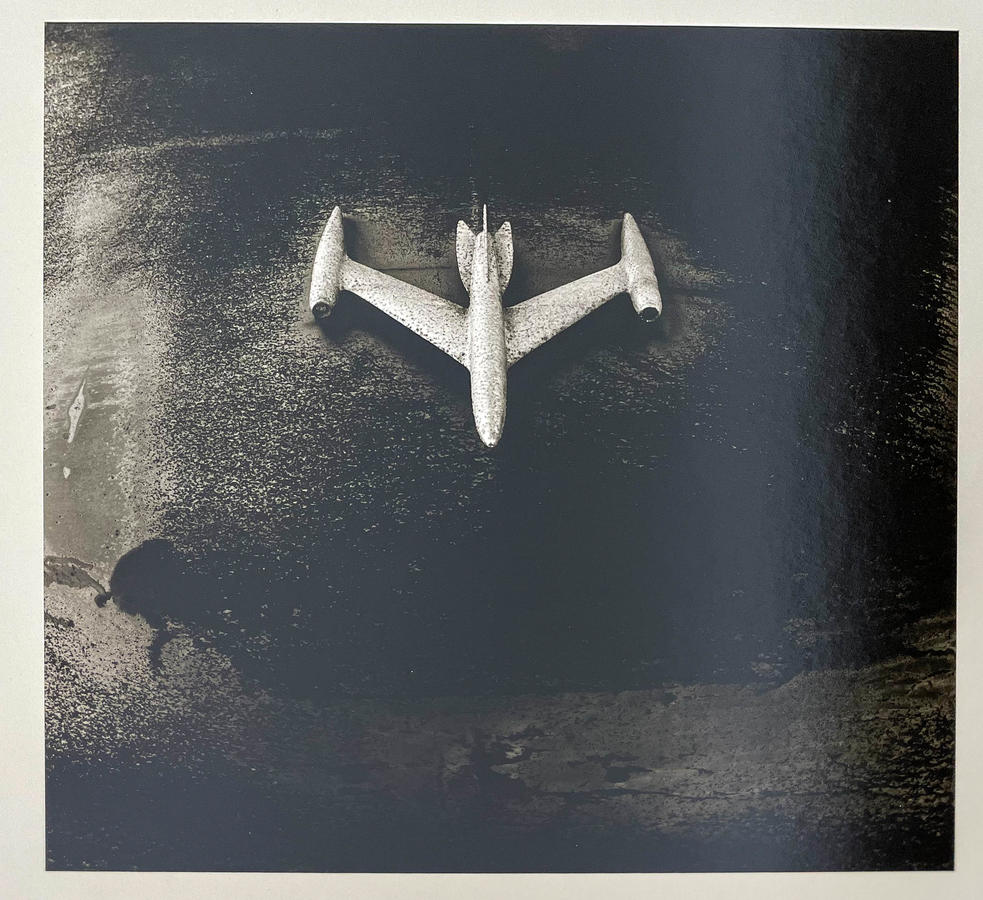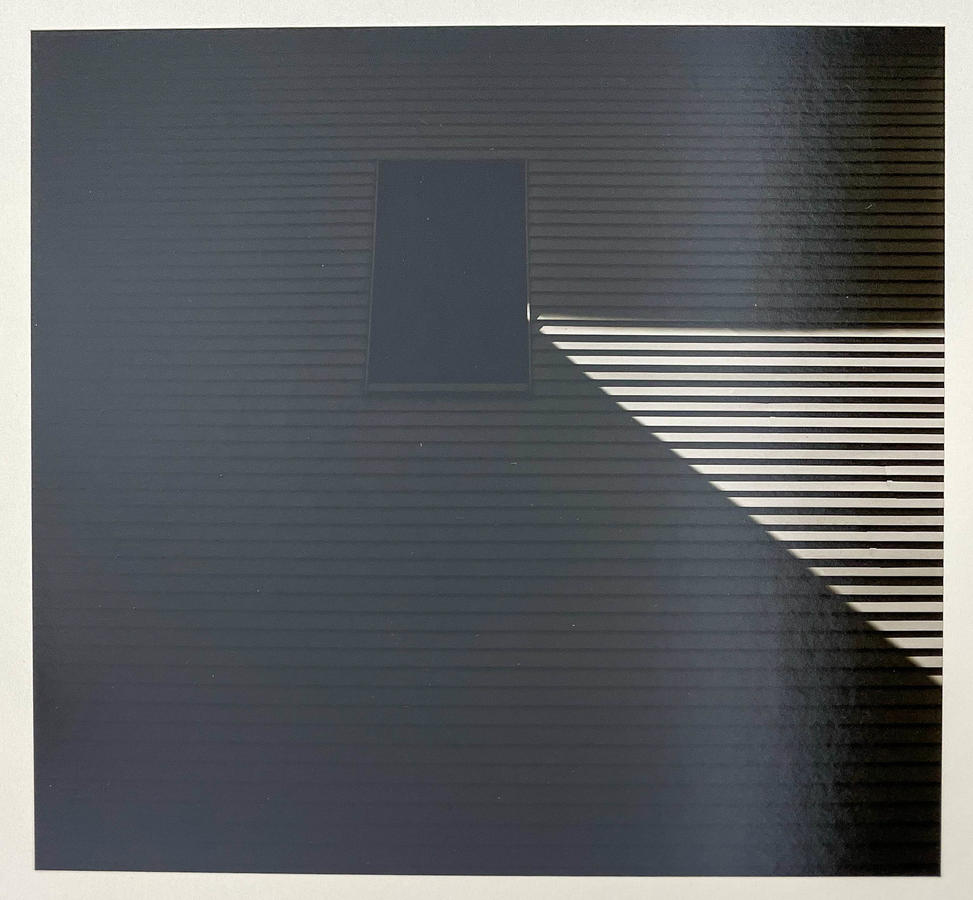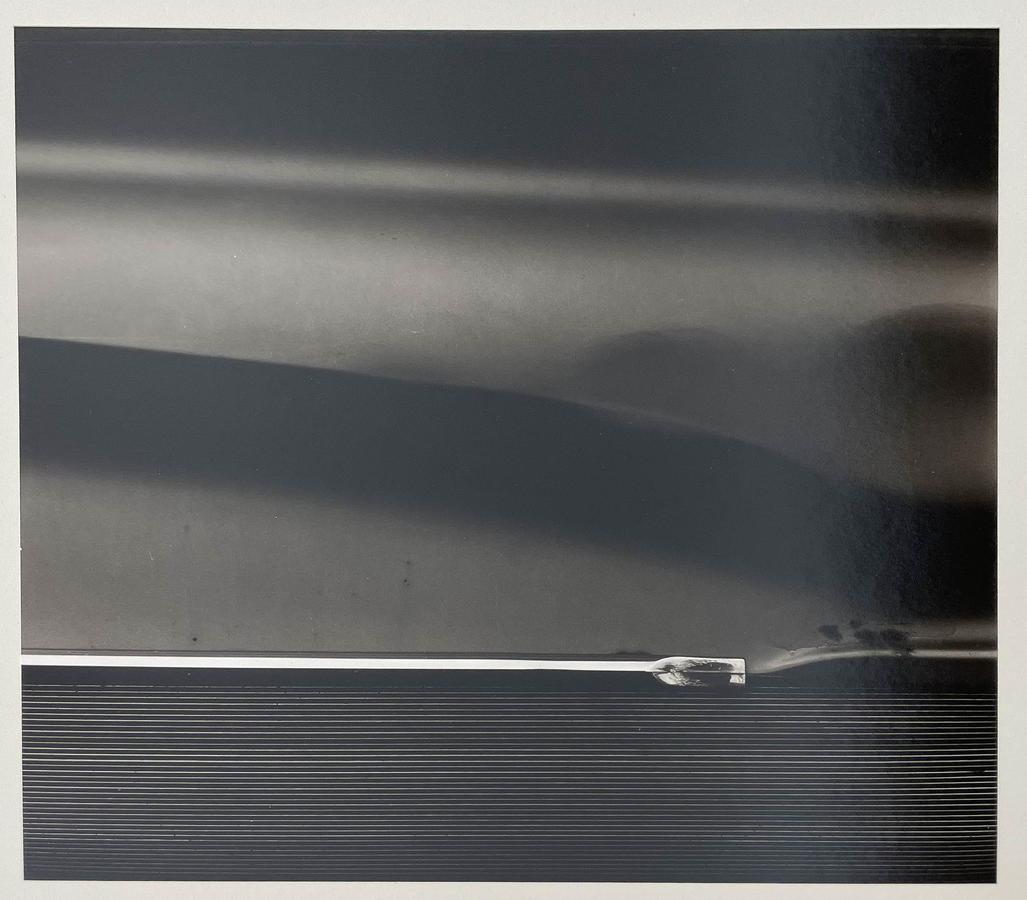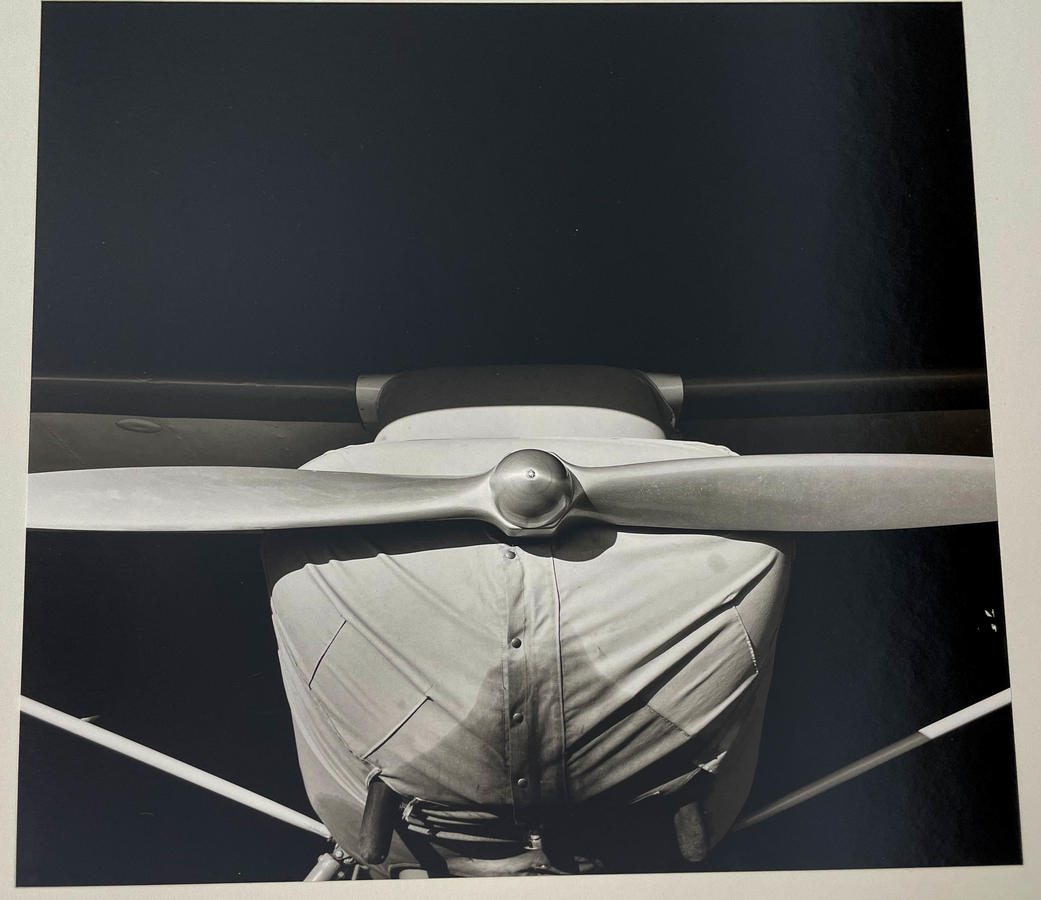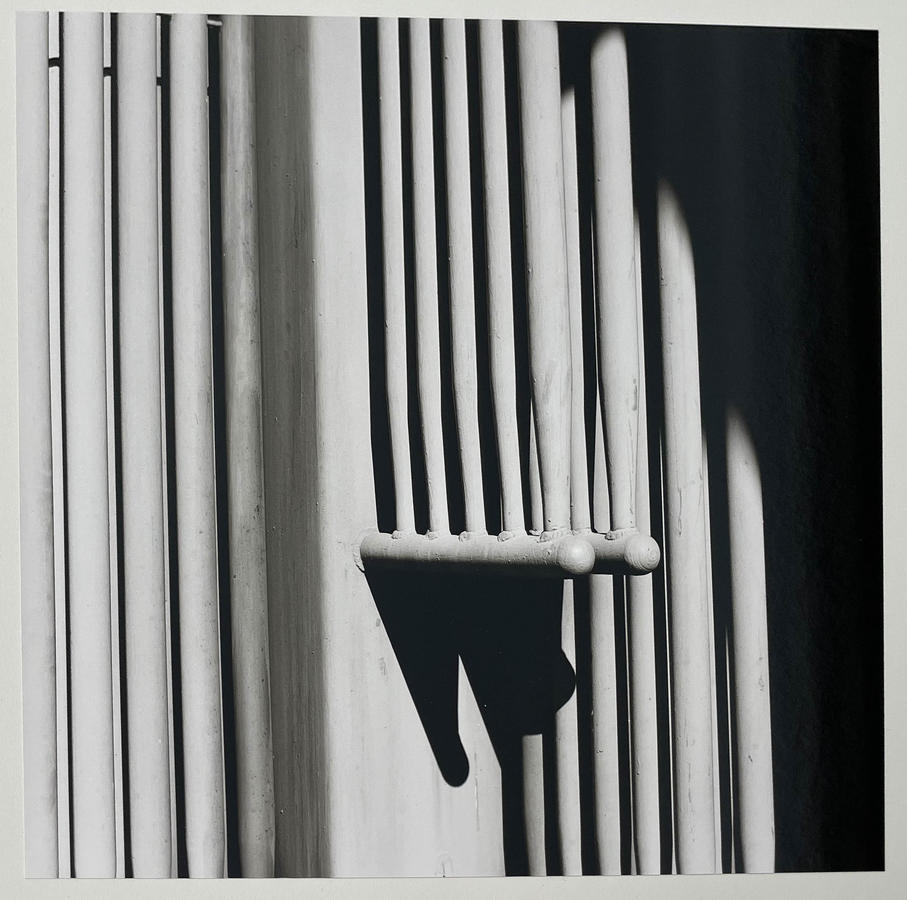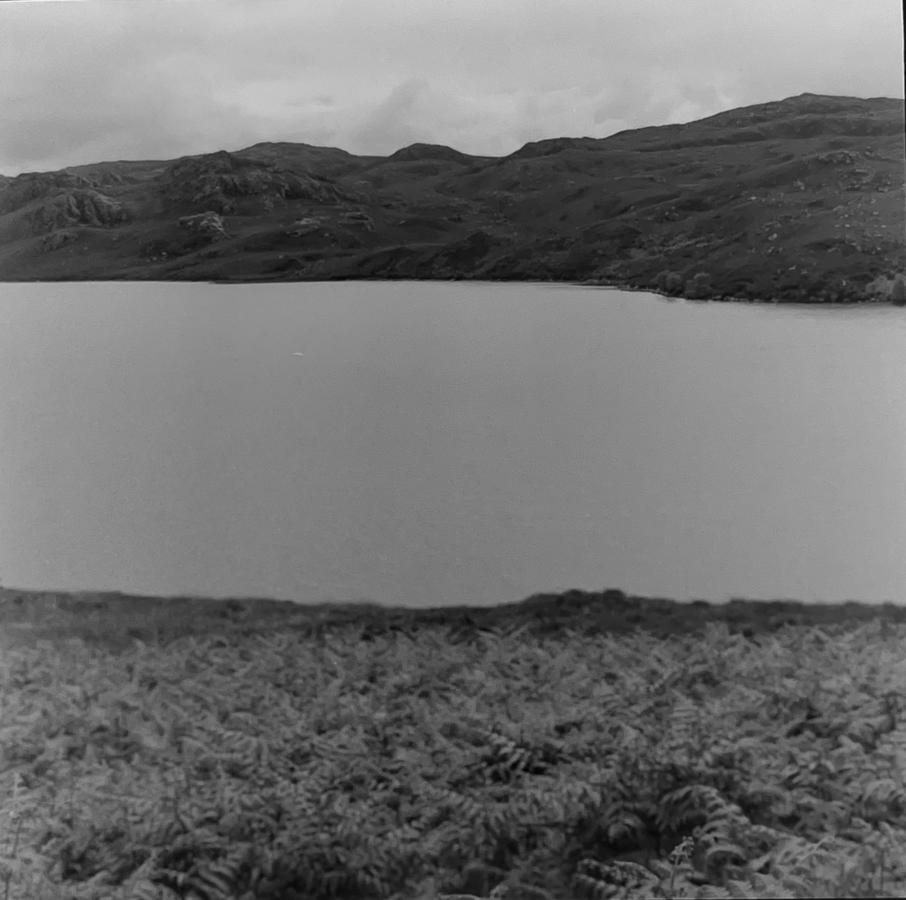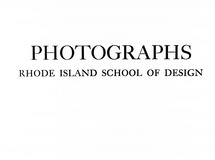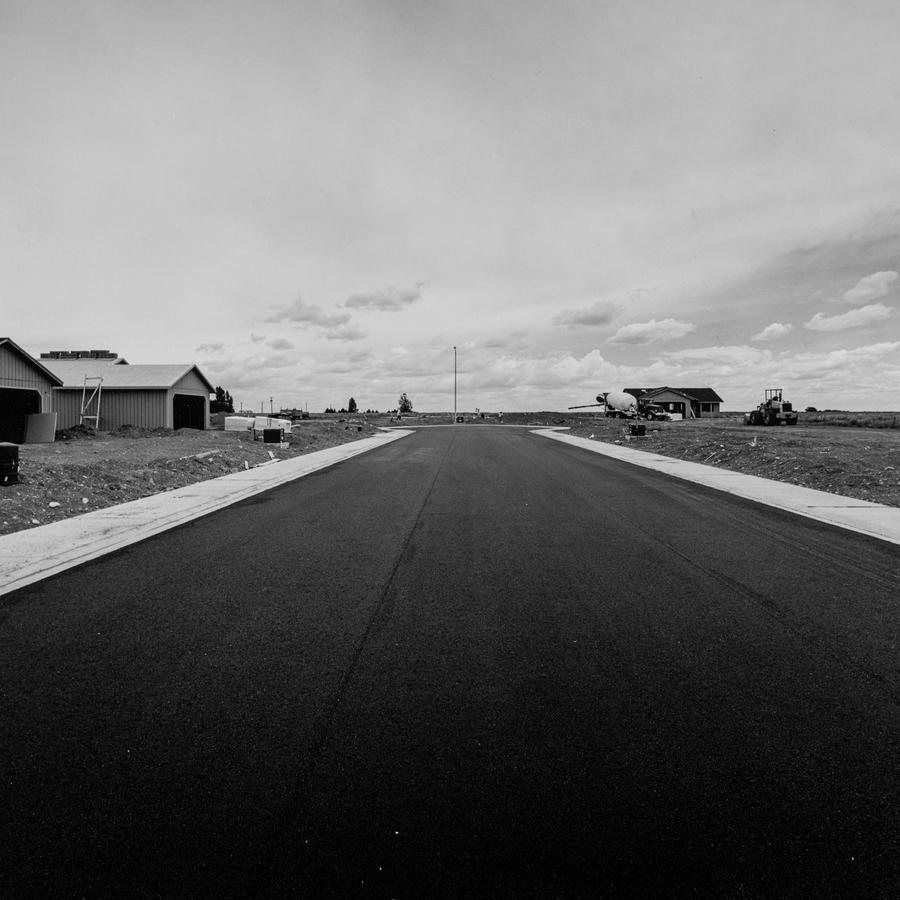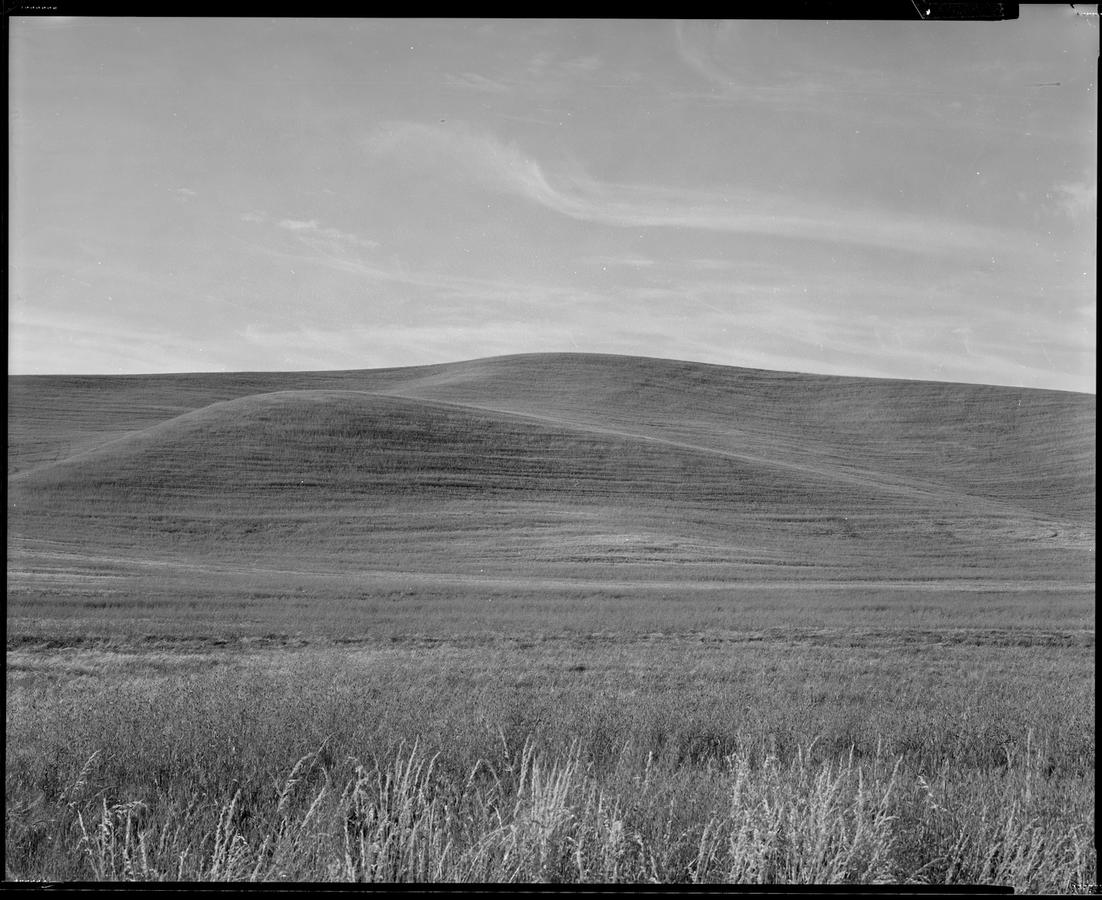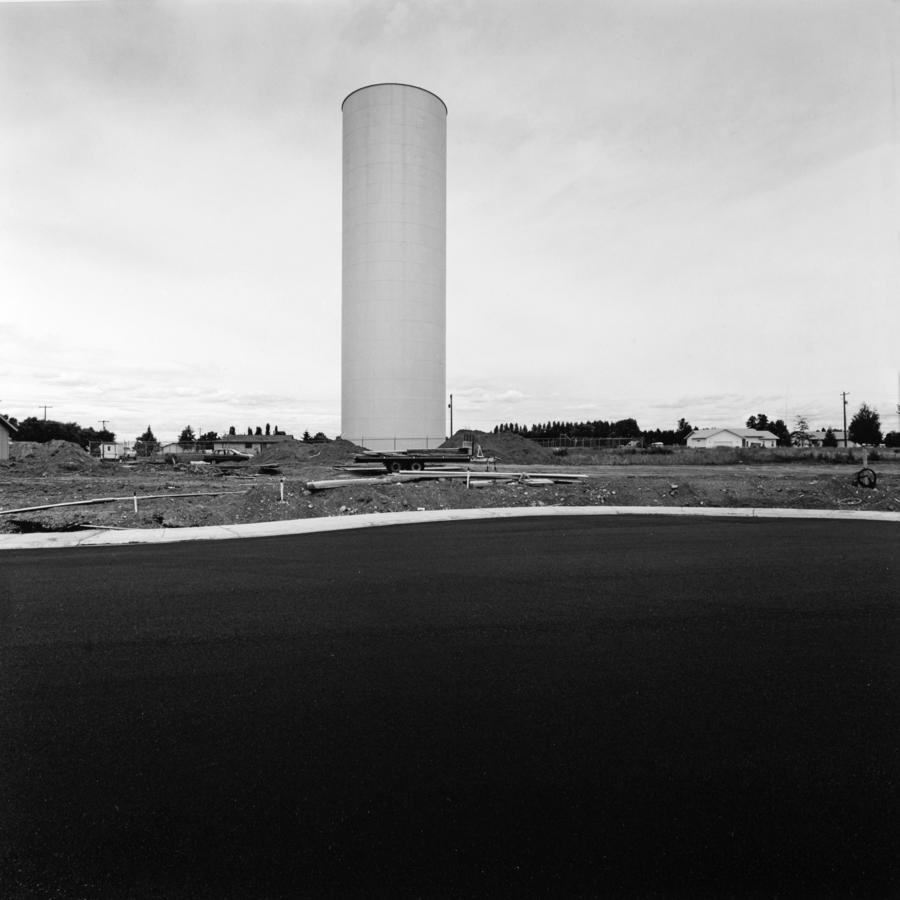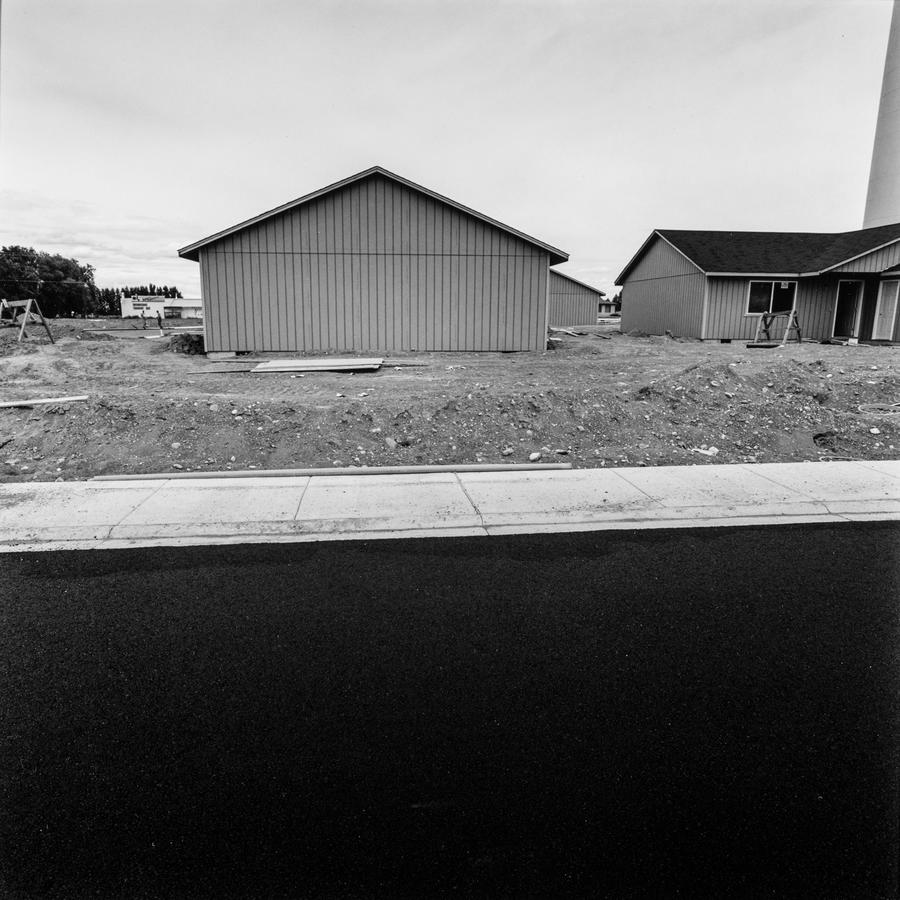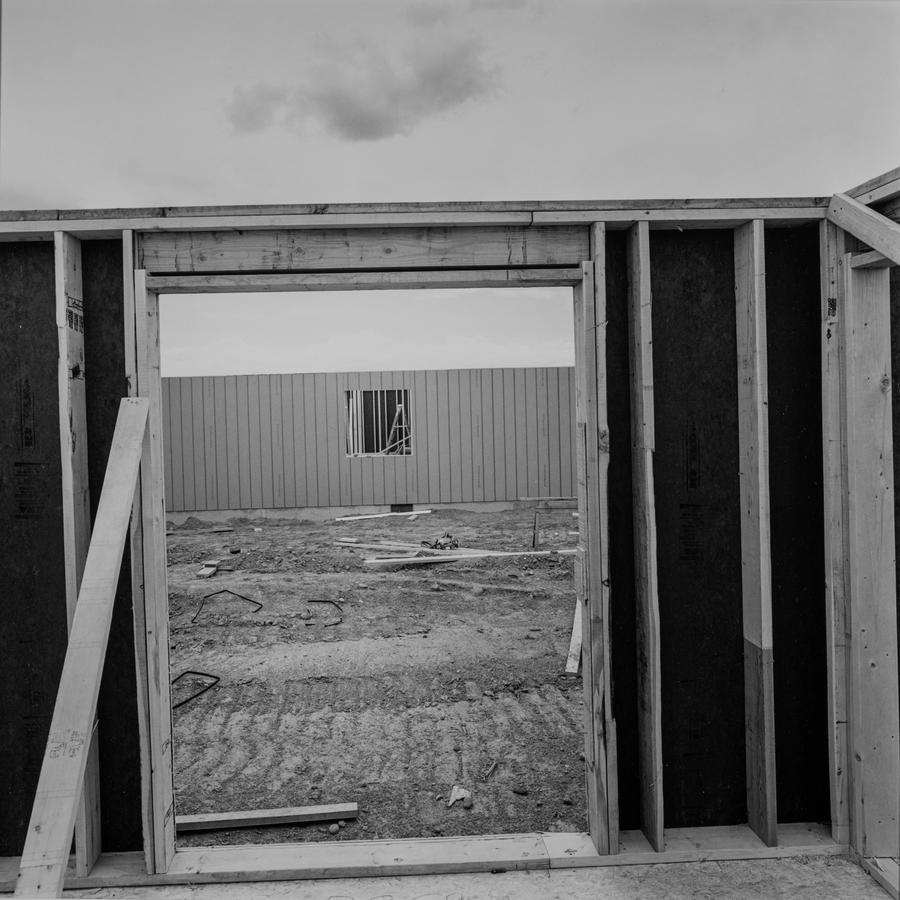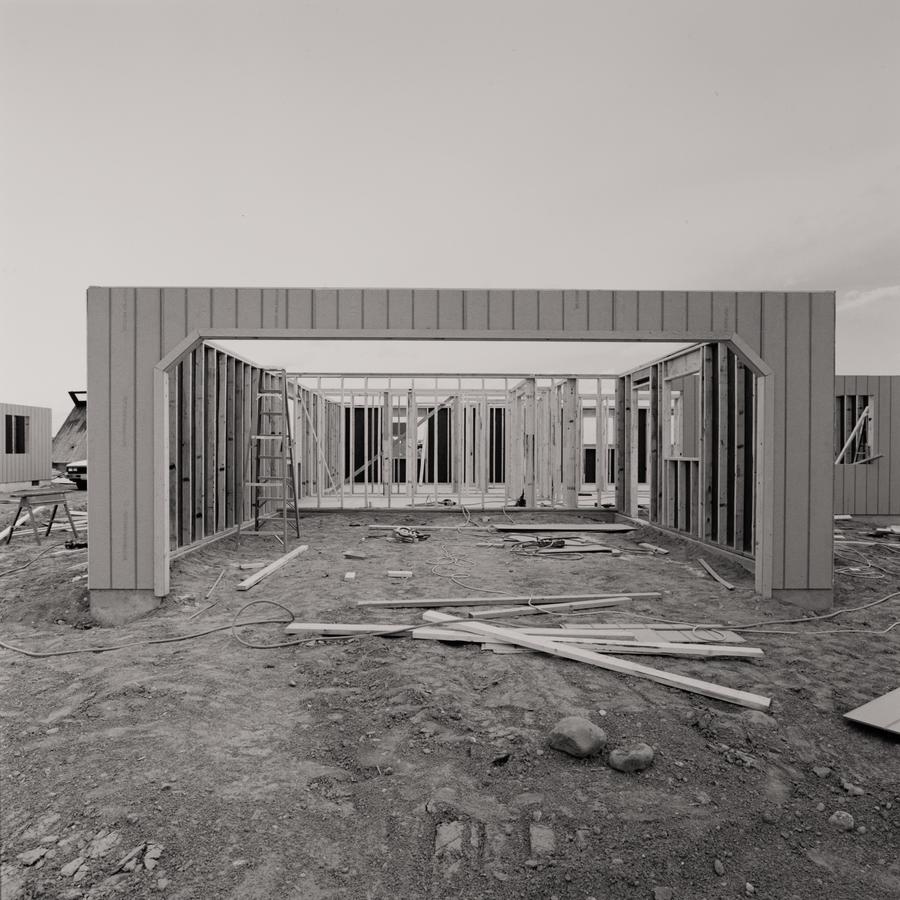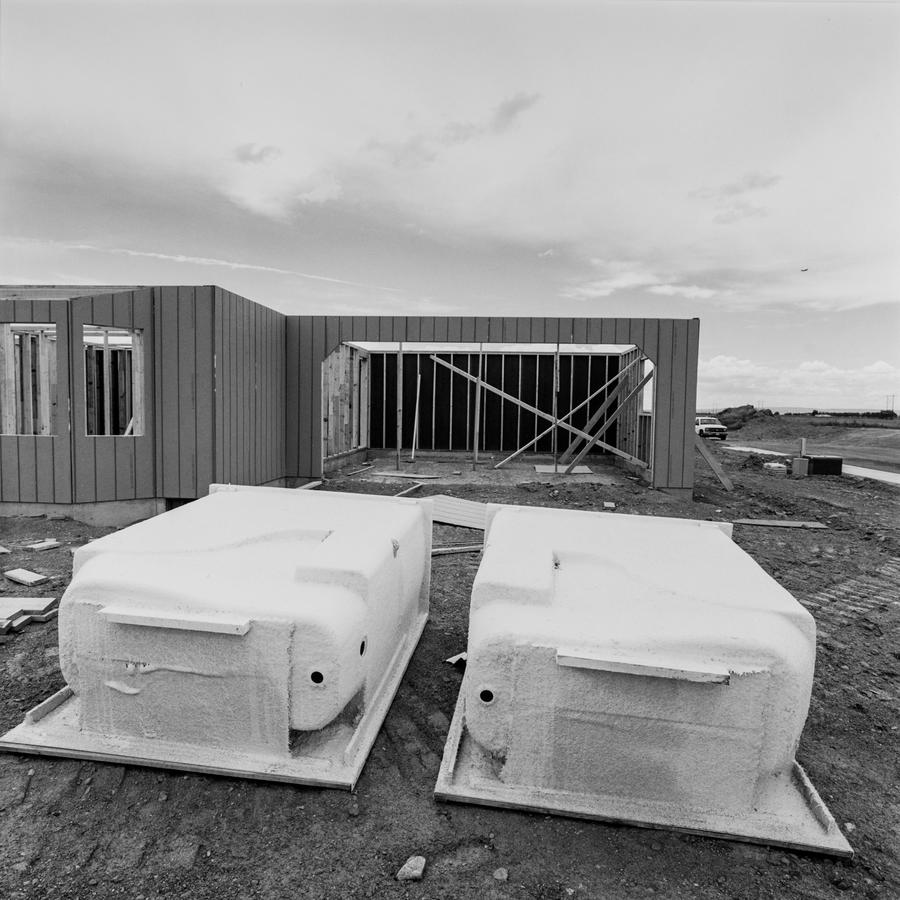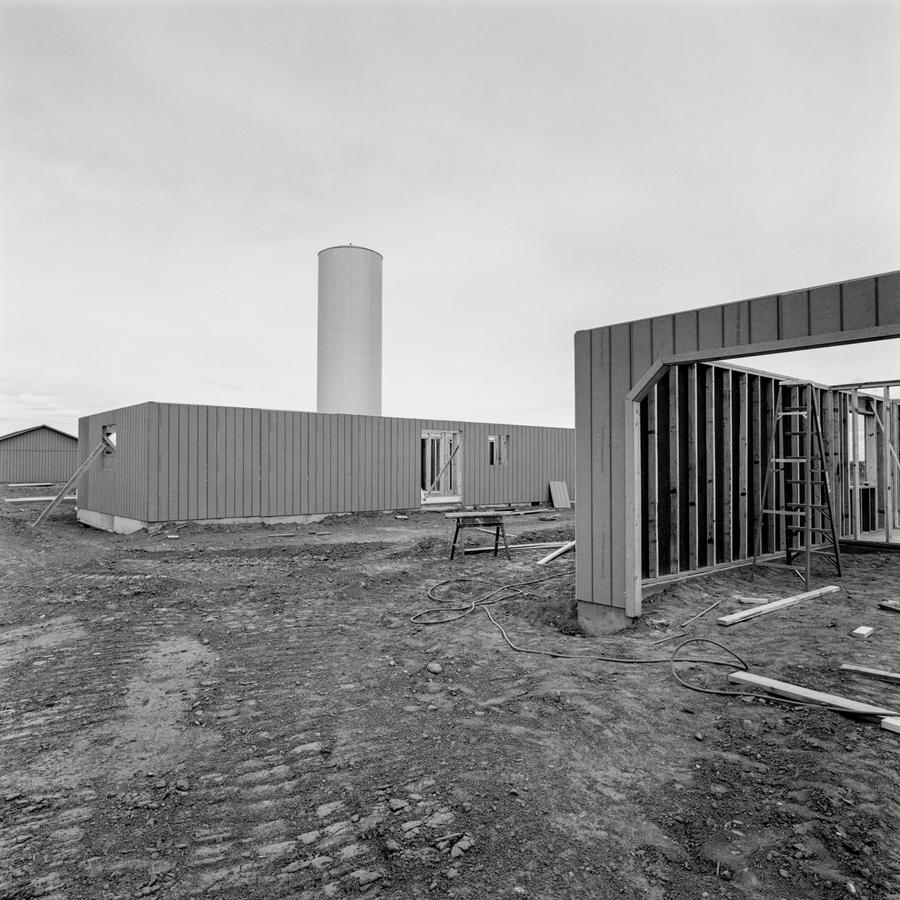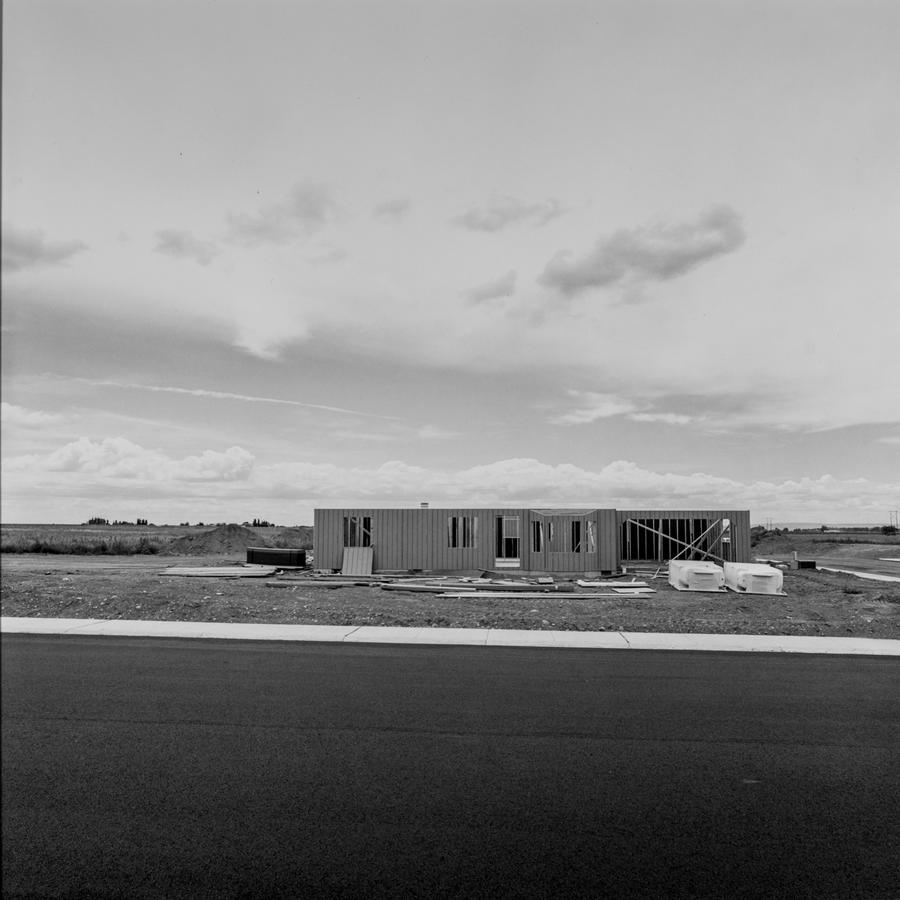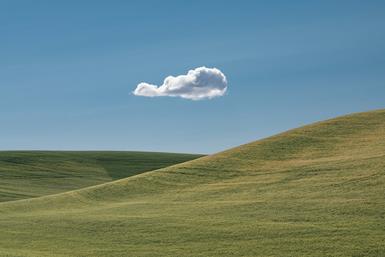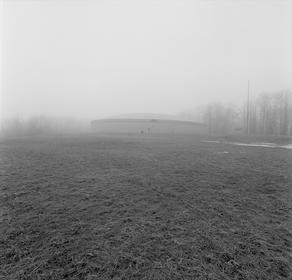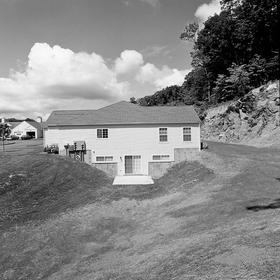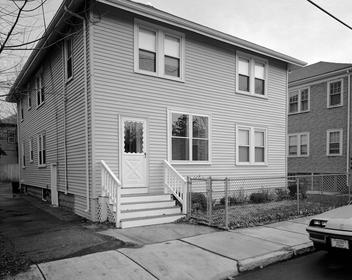(Note: This is a post that's been sitting in the archive of posts written but not published. You can tell it is a little out of date, but I believe it is still relevant.)
Sometimes you know when you make some new work you are going to lose some fans. Either the new work is so different you've crushed their expectations or you just have to make it and the hell with what others think.
Case in point: San Jose Squares, 02.2018
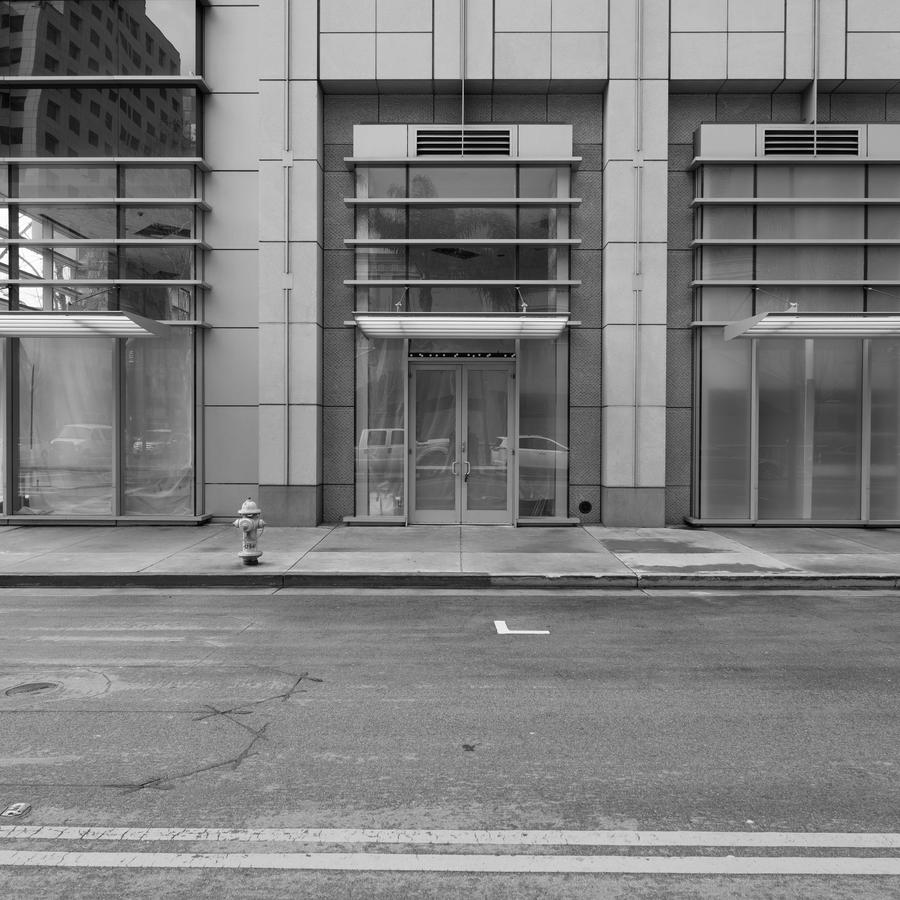
Downtown San Jose, CA, shot square, hence "Squares", mid-February. Black and white. Of stupefying quality, really first-rate, in a flat tonality reminiscent of my 80's and 90's square work in black and white (Oakesdale, Portland, Hershey, Yountville, Nantucket, etc). The new Nikon, feeling familiar but foreign too. A subtle but perceptual shift in rendition, so natural and neutral as to be transparent.
I am writing this soon after seeing the Sally Mann show at PEM and clearly, it had a powerful effect on me. How anyone can cut through the surface like that is beyond me. She's like a hot knife through butter, or a cut from a razor; fast but no pain til later.
But today at the studio I went through the San Jose prints and this is hard work to get behind. Flat and quiet, you've got to work at these before they become available. Fred Sommer's "short attention span" comes into play here and they are easy to ignore. But slow down and look in there and they are relentlessly rewarding.
Hm. I seem to be making work that no one gets or no one cares about. San Jose, Shrink Wrapped, winter 2017, the Spruce Pine work (2012, 2013,2014, 2018) on the Road to Pinnacles, 2018. Maybe I'm just making bad work, but I don't think so.
At the Sally Mann, Sara Kennel, the curator, spun the work so well, confirming its substance and genius with every breath. No dispute, this is hugely important work. What an opposite, though. I know, who am I to compare myself to Sally Mann? Well, someone who's been doing this longer than she has, so perhaps I qualify. But if I do go there, I look at her ability to cut through, to essentialize a photograph compared to mine, which are sharp and clean and precise and cold(?). Beautiful seems to reign supreme in mine but she will kill conventional renderings and use the materials to get what she wants, rough and edgy and visceral. Jesus, go through that show and you leave needing a bandage. Know of the work she did of the decaying bodies? Look at her pictures of her husband and they seem to forecast his end.
So San Jose Squares? Deserves another look, some serious perusal perhaps. Maybe you're moving too fast, doing too much and it's affecting the quality of your life. Slow down, take a longer look at some work that contains... a lot. You'll walk away richer, I guarantee it.
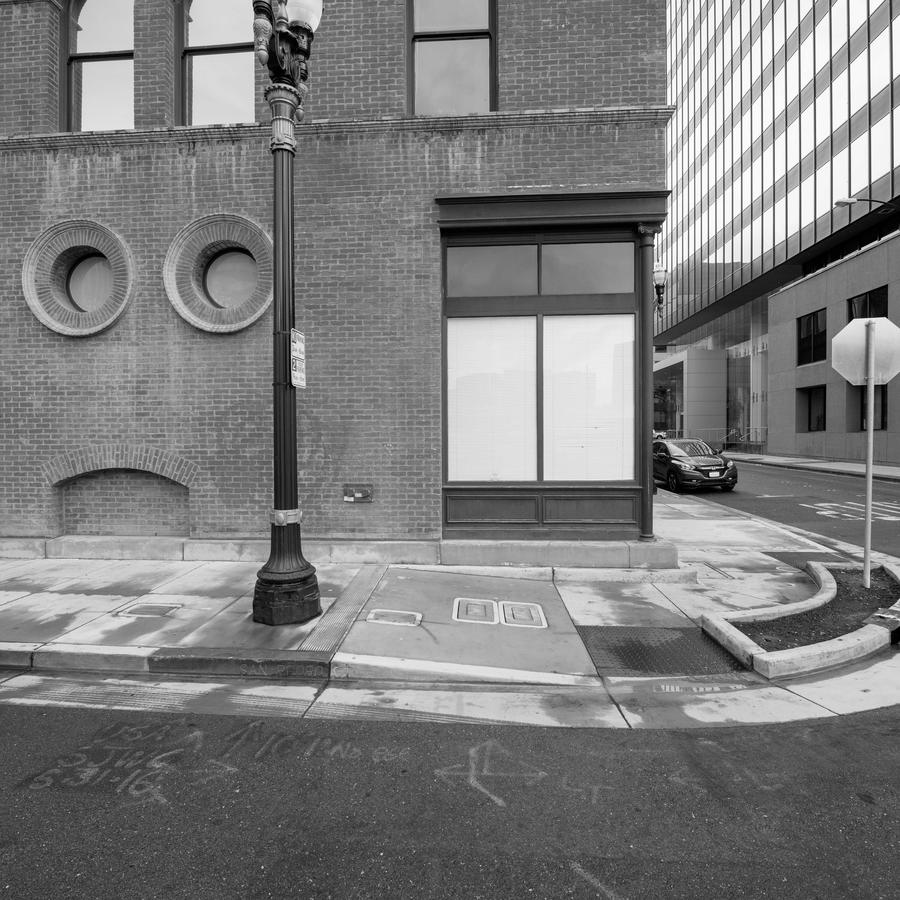
See the full series here.


